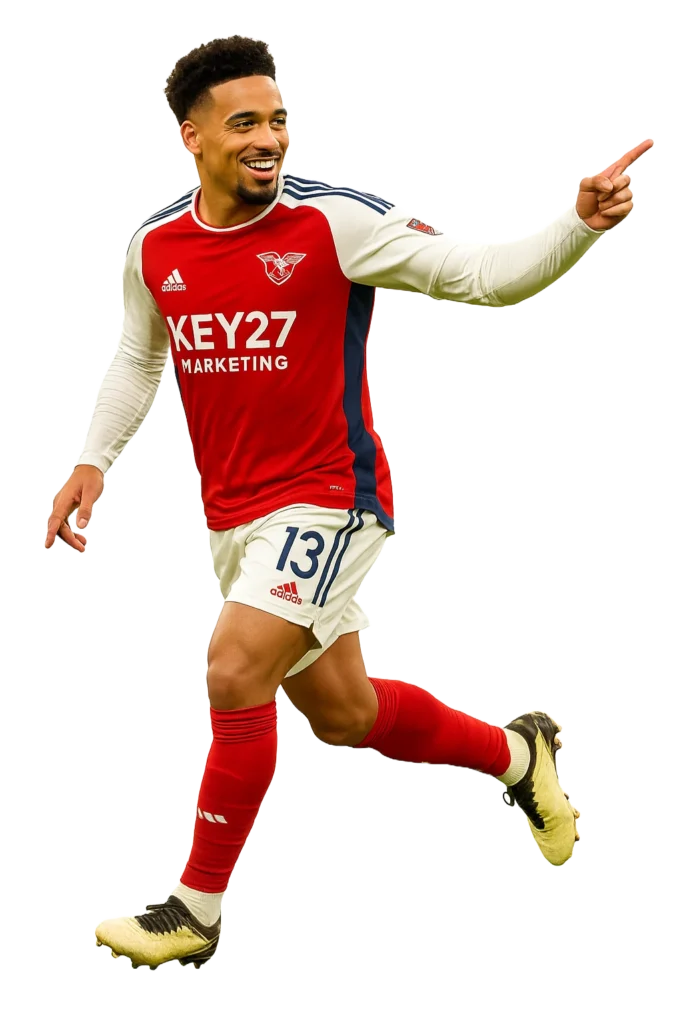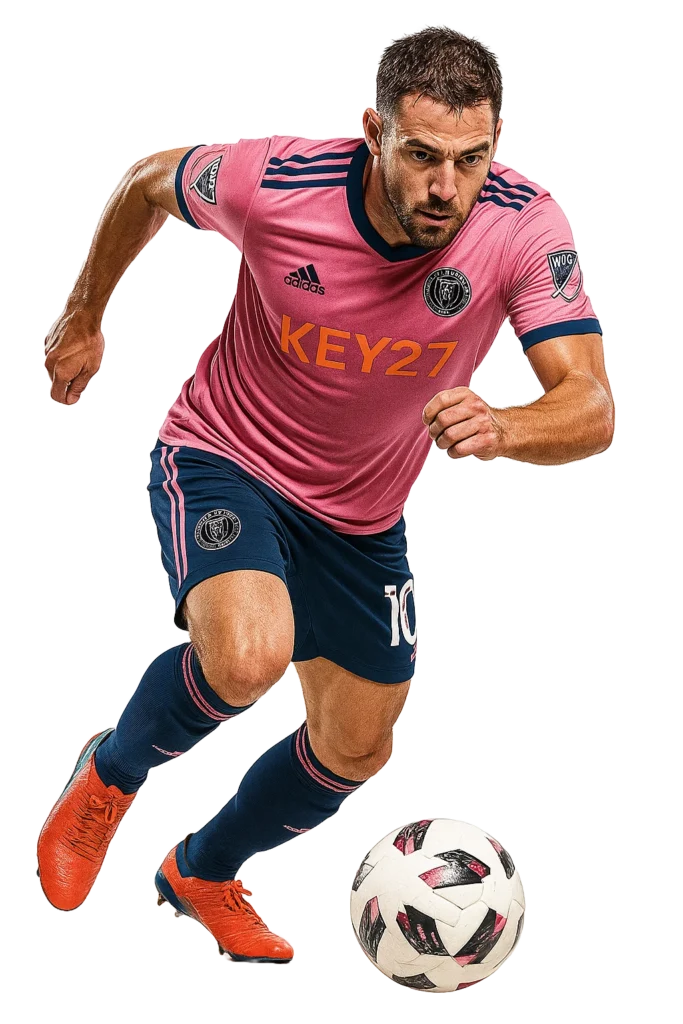
Learn more from these men’s soccer recruiting guidelines.
Every program has its own style of play, but most coaches evaluate athletes based on athletic measurables, technical ability, tactical IQ, and academics.
These guidelines provide a baseline for what coaches typically expect at different levels. They’re not absolute cutoffs — a standout skill set can outweigh height, speed, or stats.


Height: 6’0”+ preferred at D1, 5’11”+ for D2/NAIA
Key Attributes:
Shot-stopping and reflexes
Commanding presence on crosses and set pieces
Distribution accuracy (throws, punts, and feet)
Communication and leadership in organizing defense
Height: Center Back: 6’0”+ preferred at D1. / Outside Back: 5’9”+ with speed
Key Attributes:
Tackling and aerial dominance (CB)
1v1 defending vs. pace (OB)
Ability to play out of the back under pressure
Positioning, awareness, and composure
Height: 5’8”+ (size less critical than skill)
Key Attributes:
High soccer IQ — reading the game, vision, decision-making
First touch and passing range (short + long)
Work rate and stamina
Creativity in attack (for attacking mids)
Defensive positioning (for holding mids)
Height: Striker: 5’10”+ preferred at D1 / Winger: 5’8”+ with speed
Key Attributes:
Finishing ability (both feet + heading)
Pace and movement off the ball
1v1 attacking skill
Creating chances and pressing defenders
Consistency in scoring or assisting
Athletics alone won’t secure a roster spot. Coaches also look for:

International recruiting is massive: U.S. teams regularly bring in players from Europe, South America, Africa, and Asia.
Academics make a difference: Strong grades help coaches maximize their limited athletic budgets.
Funding varies: Well-resourced schools can offer larger packages, while smaller programs typically provide modest partials.
JUCO is a smart stepping stone: Many players spend two years at a junior college before transferring to higher divisions with improved scholarship opportunities.

Do you have questions? Perhaps you will find an answer below.
College coaches typically evaluate recruits based on four main areas: athleticism, technical skill, tactical understanding, and academics. While every program has its own playing style, coaches generally look for athletes who combine physical ability with strong decision-making, solid fundamentals, and good academic standing.
At the Division I level, coaches usually prefer goalkeepers who are 6’0” or taller, while 5’11”+ is common for D2 or NAIA programs. Key strengths include reflexes, shot-stopping, distribution accuracy, and leadership in organizing the defense. A goalkeeper’s confidence and communication often matter as much as their size.
Midfielders are judged less on size and more on soccer IQ, vision, and technical control. Successful college midfielders show:
Forwards attract attention through consistent goal production and attacking creativity. Coaches look for players who demonstrate:
Finishing ability with both feet and in the air
Speed and smart off-the-ball movement
1v1 attacking skill and pressure on defenders
While height helps (5’10”+ for strikers, 5’8”+ for wingers), pace and effectiveness in creating chances are often more important.
Academics play a crucial role in recruiting. Most programs expect at least a 3.0 GPA, and strong SAT/ACT scores can improve scholarship offers. Athletes must also meet NCAA or NAIA eligibility standards for core courses and amateur status. Academic consistency shows coaches that a recruit is prepared for college-level commitment on and off the field.
For defenders, coaches value positional awareness, tackling, and composure under pressure.
Center Backs are typically 6’0”+ and excel in aerial duels and organizing the back line.
Outside Backs are often 5’9”+ and stand out for speed, 1v1 defending, and ability to advance the ball.
Being comfortable playing out from the back is a major plus at all levels.
Wondering if your skills and academics match what coaches expect? StudBud evaluates athlete film and measurables to give an honest read on what level to target.
Have questions? Want to know how to get started? Fill out the form below, and one of our advisors will respond shortly.